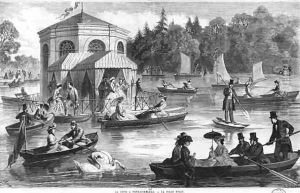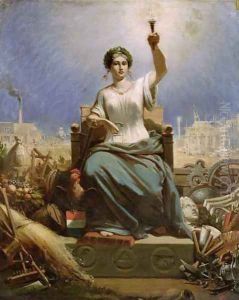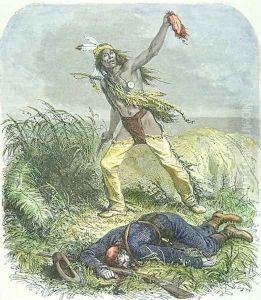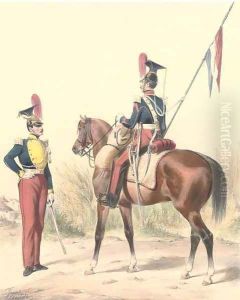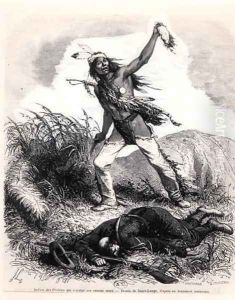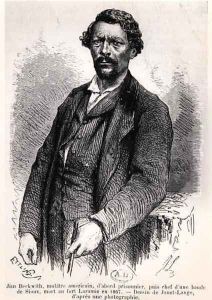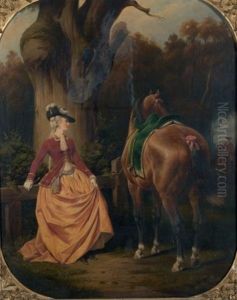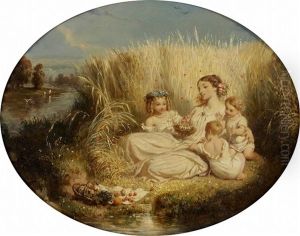Ange-Louis (Janet-Lange) Janet Paintings
Ange-Louis Janet, also known as Janet-Lange, was a French painter and illustrator born in 1815. His artistic journey is nestled within the 19th century, a period rich with transformations in the arts, where Romanticism gave way to Realism and the seeds of Impressionism were being sown. Janet-Lange's oeuvre reflects the eclectic tastes of this era, demonstrating a versatility and adaptability that marked many artists of his time.
Janet-Lange was initially trained in the neoclassical tradition, a grounding that would influence his work throughout his career. However, as he matured as an artist, his style began to incorporate elements of Romanticism, characterized by an emphasis on emotion and individualism as well as an interest in the exotic and historical. He was particularly known for his historical paintings and portraits, which exhibited not only his technical skill but also his ability to capture the essence and spirit of his subjects.
Despite his talent, Janet-Lange was somewhat overshadowed by his contemporaries, competing in a crowded field of French artists that included giants such as Eugène Delacroix and Jean-Auguste-Dominique Ingres. Nevertheless, he enjoyed a respectable career, contributing works to the Paris Salon, the official art exhibition of the Académie des Beaux-Arts in Paris. His works were appreciated for their vivid detail, delicate brushwork, and the emotional depth he brought to historical scenes and figures.
Beyond his contributions to painting, Janet-Lange was also a noted illustrator, contributing to various publications of his time. This aspect of his career reflects the growing importance of print media in the 19th century, a period during which illustrated journals and books became increasingly popular. His illustrations, much like his paintings, were marked by a keen attention to detail and a flair for capturing the nuances of the human experience.
Janet-Lange's death in 1872 marked the end of a career that, while not as celebrated as some of his peers, contributed significantly to the rich tapestry of 19th-century French art. His works, though less known today, offer valuable insights into the stylistic transitions and cultural preoccupations of his time. Through his paintings and illustrations, Janet-Lange captured the spirit of an era that was at once looking back to its classical roots and forward to the modern world.

